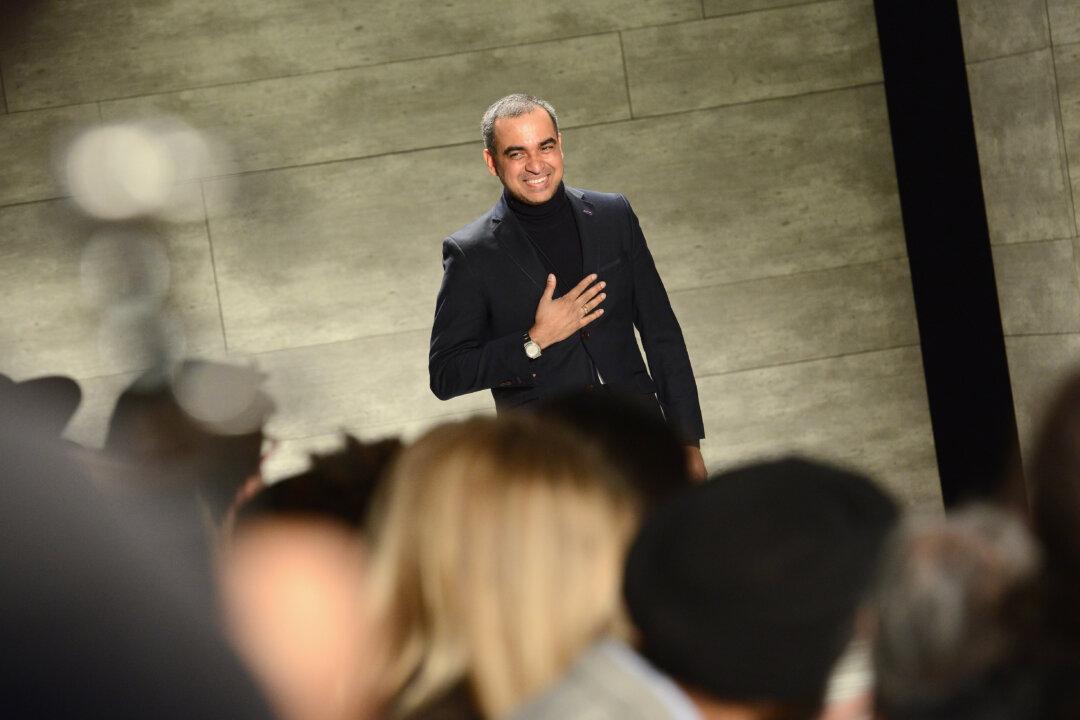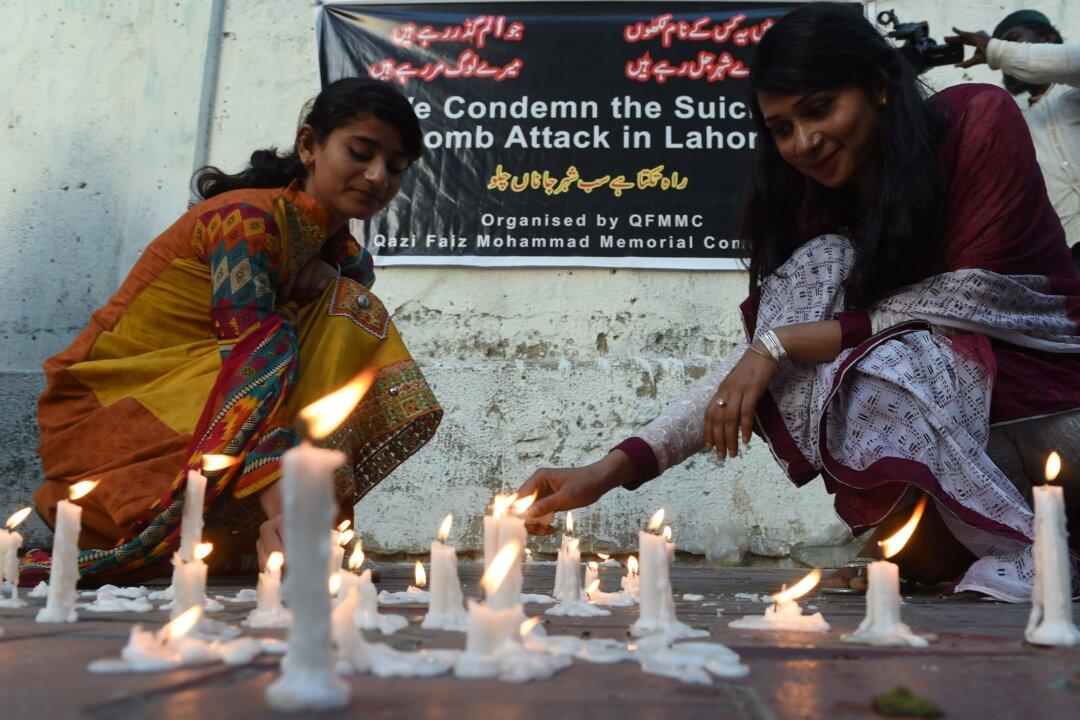“Who do I begin to thank for the modest success I have been so fortunate to enjoy in my life?'' the celebrated Indian born, international fashion and costume designer Bibhu Mohapatra asked me in a tone suggesting that he already knew the answer to his own question, when I interviewed him in his Manhattan showroom recently.
Before I gave Mohapatra, 43, the opportunity to answer this seemingly rhetorical question, though, I felt compelled to say to him that the word “modest” does not seem to be the most accurate adjective to use to describe his career.
Rather, I suggested, words like “remarkable,” “sensational,” and “phenomenal” might better characterize his achievements as a designer whose collections of upscale ready-to-wear women’s clothing are sold in trendy boutiques and department stores throughout the world, from Bergdorf Goodman in New York to Lane Crawford in China, and whose designs have been featured in a long list of trendsetting fashion magazines, including Marie Claire, Vogue, and Vogue Russia.
And those same three adjectives, I added, could also be employed to describe the long list of celebrities he has designed for, including actresses Glenn Close, Hilary Swank, Gwyneth Paltrow, Jennifer Lopez, and Lupita Nyong'o.





